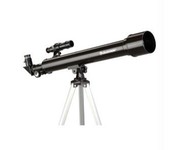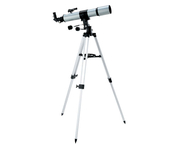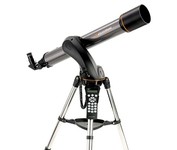Products reviews
Celestron PowerSeeker 50 Telescope$35.00 to $50.00
Tags:celestron, powerseeker, 50, telescope, | Meade 90AZ-ADR Telescope$170.00 to $200.00
Tags:meade, 90az-adr, telescope, | Celestron NexStar 80 SLT 22086 (100 x 80mm) Telescope$200.00 to $380.00
Tags:celestron, nexstar, 80, slt, 22086, 100, x, 80mm, telescope, |
Meade Polaris 50 AZ-P Telescope
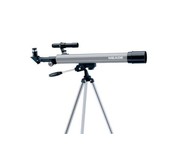
50AZ-P 2.0"/50mm Refractor Telescope Kit, 625mm f/12.5 Achromatic Refractor, Manual Altazimuth Mount
Celestron AstroMaster 90EQ (100 x 90mm) Telescope
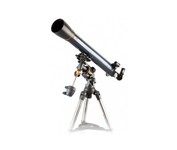
The AstroMaster produce bright, clear images of the Moon and planets. It is easy to see the moons of Jupiter and the rings of Saturn with every one of these fine instruments.
Educational Insights 5273 (80 x 50mm) Telescope
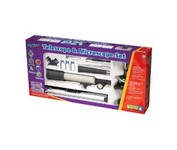
With the GeoVision microscope and telescope set, you can view everything from a microbe to the moon! The portable 360mm telescope features lightweight metal tube construction and a 50mm achromatic objective lens. The all-glass optics and rack-and-pinion focusing deliver clear, up-close images at magnifications from 20x to 80x. Easy-to-use refractor design and table-top tripod make it perfect for on-the-go discovery. The microscope features durable die-cast metal construction for years of micro-exploring fun.Minimize
Celestron PowerSeeker 127 EQ 21049 (750 x 127mm) Telescope
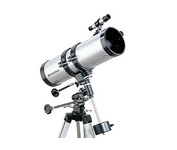
The PowerSeekers come in a choice of refractor or reflector, equatorial or altazimuth mount design. The PowerSeekers come with all coated glass optical components with for enhanced image brightness and clarity. The Newtonian reflectors offer larger aperture and greater light gathering power needed to resolve the faint detail of hundreds of deep-sky and other celestial objects.Minimize
